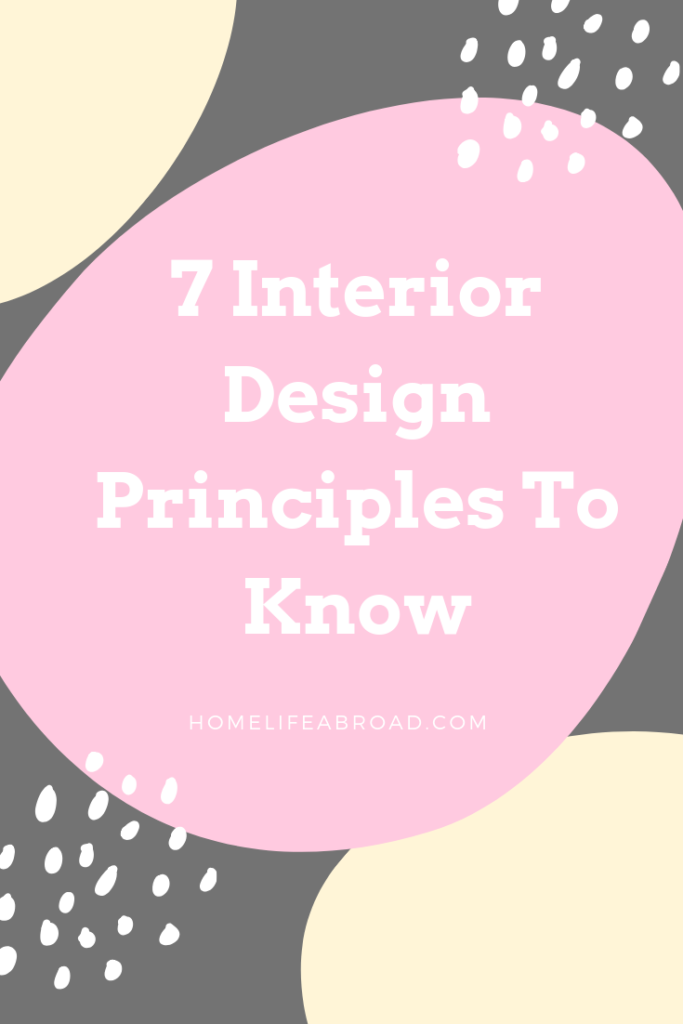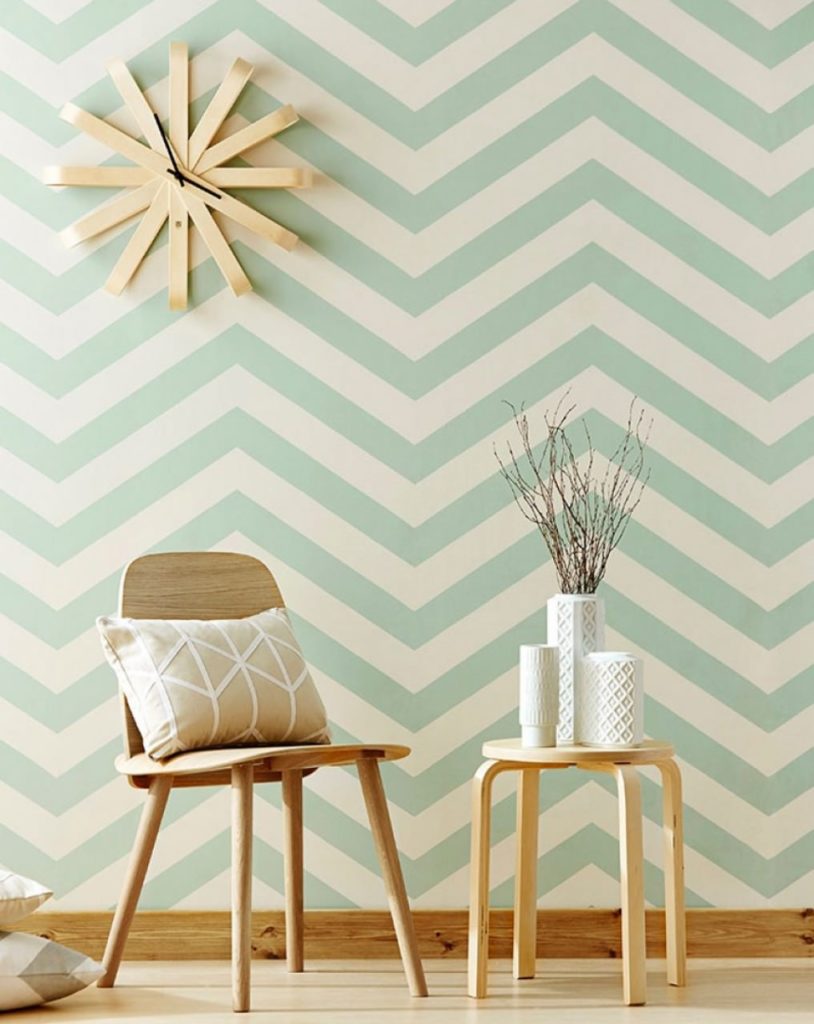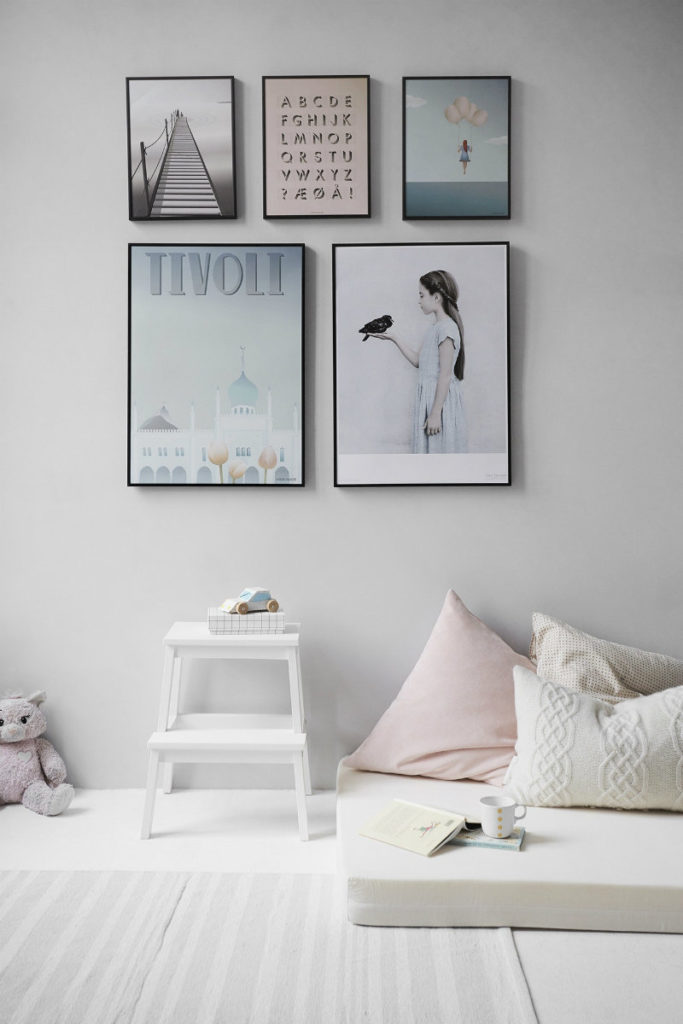There is definitely a system to design. Most people have a natural sense for what looks good, but when it comes to producing appealing rooms it is often very difficult to know where to begin.
There are, however, basic design elements that are well established and recognizable. When these principles are applied, the results can be quite stunning.
Interior design differs from interior decorating in that it draws on architectural, physical, environmental, traditional, and product features. Through the application of design elements, spatial and surface components are manipulated to enhance interior space.
So, what are seven of the most important guidelines that have been established, and how can they be used to create exciting designs?

Structure
A house, for example, would be viewed in its entirety. Therefore, all design elements should be linked to a common theme and style. While not all features must be identical, there needs to be an overall harmony between elements.
Color is one example of a unifying factor that can be used throughout a home. Three to four shades of complementary colors can create an appealing physical space.
Emphasis and Focal Point
Every room benefits from the use of a focal point. Emphasis must be incorporated in such a way that it maintains the interest of the viewer. It must also be integral to the overall function of the room and connected to the decorating theme.
There are many ways to create focal points. Flat screen TVs, fireplaces, and seating arrangements are some examples of emphasis and focal points. But you can be a little bit bolder and create an accent wall that is decorated with Wallpaper from the 70s, hang some colorful curtains to your windows or create a focal point by hanging a chandelier, or add any other design elements that strike your fancy and create emphasis.

Balance
The distribution of elements can be broken into three distinct categories: radial, asymmetrical, and symmetrical balance.
- Radial symmetry incorporates the elements of design around a central point (a good example would be a spiral staircase).
- Asymmetrical balance is commonly used today to create an attractive look by using dissimilar objects with equal visual appeal. Asymmetrical designs are generally lively and suggest movement.
- Symmetrical balance is more commonly found in interiors that incorporate traditional design elements. Much of nature, including the human body, is symmetrical… one side mirrors the other, therefore symmetrical balance tends to appeal to our senses.
Proportion and Scale
Both elements go together; while scale pertains to the size of an object with respect to the size of another, proportion relates to the overall ratio between design features and the overall effect of elements.
Color
Color dramatically impacts mood and energy level. It serves as a unifying factor and enhances and impacts every aspect of design. Because of this, it’s important to make an educated decision about colours while transforming your home interior.

Details
The importance of detail cannot be over-emphasized. Trim, accent colors, fixtures, and hardware are detail elements that may seem insignificant.
While details need to be attractive and purposeful, they are more effective when not too obvious. Details should be unified with the overall style and function of a space.
Rhythm
The interior design uses rhythm as a way of expressing pattern repetition. Defined by organization, continuity, transition, progression, and contrast, it is used to create a sense of natural and rhythmic movement within a living space that draws the eye from one element to another.
These seven design principles are central to interior design. Incorporating each feature in a practical and deliberate way will result in an artistically designed interior that is both functional and aesthetically pleasing!
Do you prefer to DIY or get the help of an interior designer?




